Warrnambool's May Racing Carnival kicks off on Tuesday. This year marks 150 years since the jumps race that is now the Grand Annual Steeplechase was created. JENNY McLAREN reports.
Subscribe now for unlimited access.
or signup to continue reading
WHEN five upstanding citizens put their heads together in 1872 to lay out a cross-country racecourse for the entertainment of the race-loving community of Warrnambool, they could never have imagined the legacy they were creating.
Together, stewards Francis Tozer, Henry Phillips, Samuel MacGregor, Anthony MacKenzie and John Russell Evans came up with a mixture of post and rail fences, stone walls, log fences and even a sod wall; nothing out of the ordinary for riders of the day.
Add to that a few road crossings, a ploughed paddock, uphill and downhill runs and a few twists and turns and they must have been pretty happy with their handiwork.
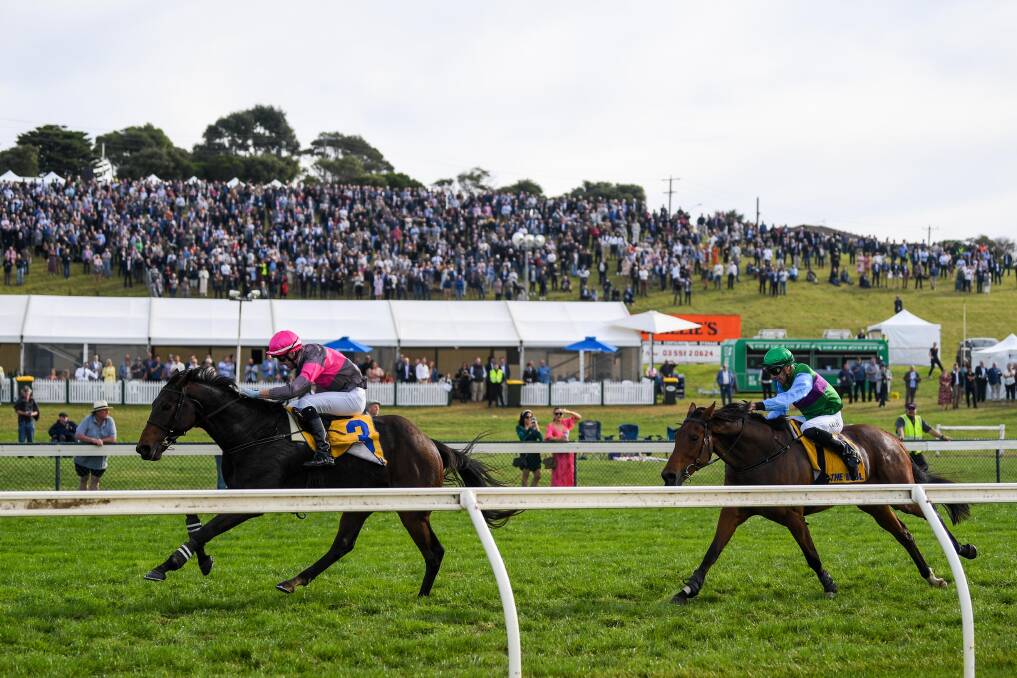
Little did they know they had set the scene for a long-running chapter in horse-racing history that endures today, 150 years later, in Warrnambool's time-honoured Grand Annual Steeplechase.
Run over 5500 metres, it is the only multi-directional race in Australia and its 33 jumps are the most of any steeplechase in the world.
A few things have changed since the Winter Steeplechase meeting of June 13, 1872 when Thomas Skene's brown gelding, Prior, stormed home by 20 lengths to take out the inaugural Warrnambool Handicap Steeplechase on the freshly-laid course.
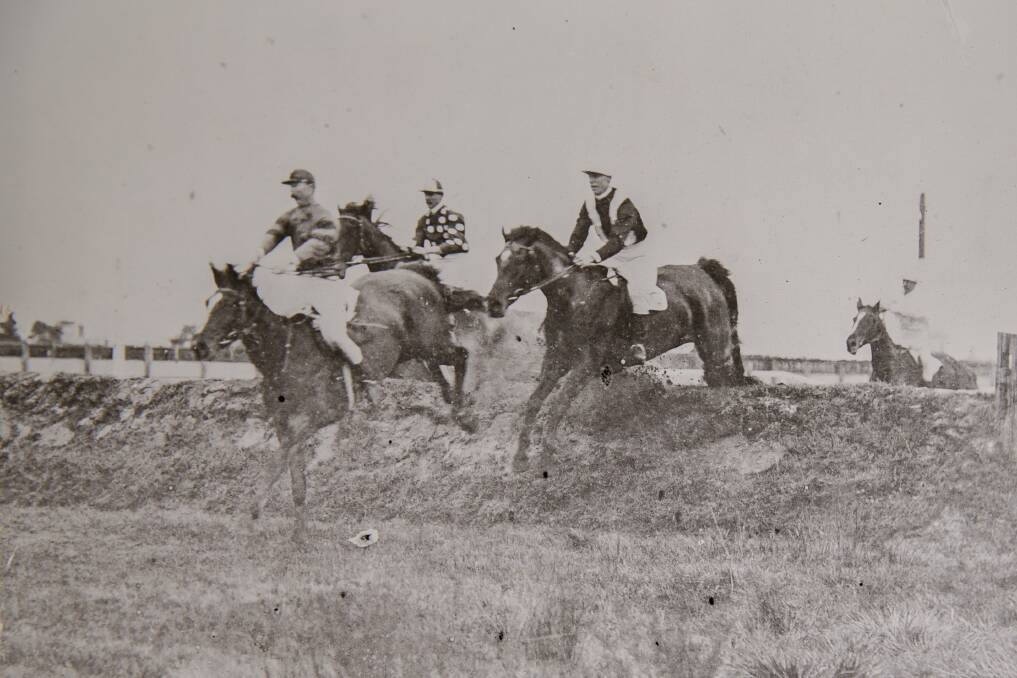
Renamed the Grand Annual in 1895, the unforgiving solid fences have since been replaced with a safer brush variety, the paddocks are grassed and the course has been tweaked here and there.
In 1881 came the genesis of today's May Carnival with the merger of the Winter Steeplechase and the March Annual meeting, bringing together the two feature races of the Grand Annual and the Warrnambool Cup on the one bill. Set in a natural amphitheatre where all 33 fences are visible to spectators watching from the iconic "hill", the Grand Annual course was once described by respected racing author Les Carlyon as "one of the world's great turf panoramas".
Warrnambool Racing Club committee member and historian Mark McNamara couldn't agree more.
"People who are first timers here are amazed by the race. The steeplechase course is unique and regarded as the best in Australia. It's an iconic course and that's been really important in terms of the success of the meeting," says Mark who first became hooked as a child when his parents would park the family car on Moore Street, along with hundreds of others, to watch the race.
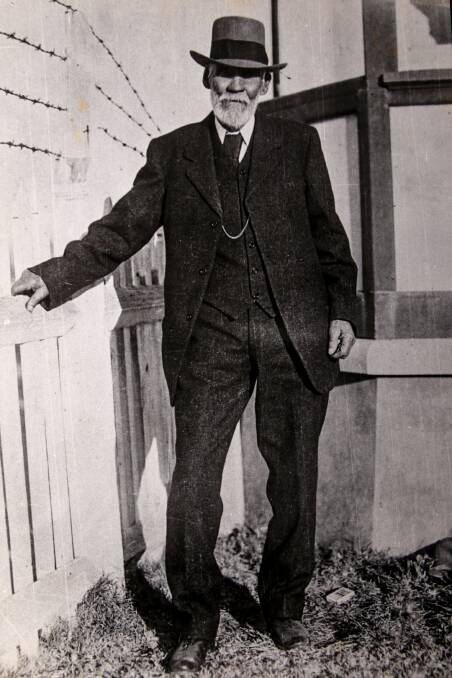
Attending his first Grand Annual on course aged 13 further fuelled what has become a lifelong interest in local racing and led to the 2018 publication of his book The 'Bool, the history of racing in Warrnambool from 1848.
The annual's future was assured thanks largely to the foresight of the club early on in securing control of the paddocks through which it still runs today. Brierly and Granter's, as they are still known, were privately owned then and with 150 acres of Brierly set to go under the hammer for housing lots in November 1890, the club had to act quickly.
Although cash-strapped, it could not afford to lose part of the course that was integral to its showpiece race. At a time when the Grand Annual stake was 175 pounds, the club went into debt to raise the 1400 pounds to buy the 20-acre parcel of land before auction.
Securing Granter's, the land between the top of Cox's Hill and Tozer Road, however, was not so straightforward. Negotiations with its hard-bargaining owner James Granter for continued use of the paddock dragged on until 1897 when the racing committee resolved to dispense with any further use of the land, floating the possibility of running the annual on the old inside steeplechase course around the outside of the course proper.
Granter relented and agreed to one-year deals in 1898-99, but when the club was invited to make an offer on the paddocks known as Cox's and Best's behind Granter's land, it had found its trump card.
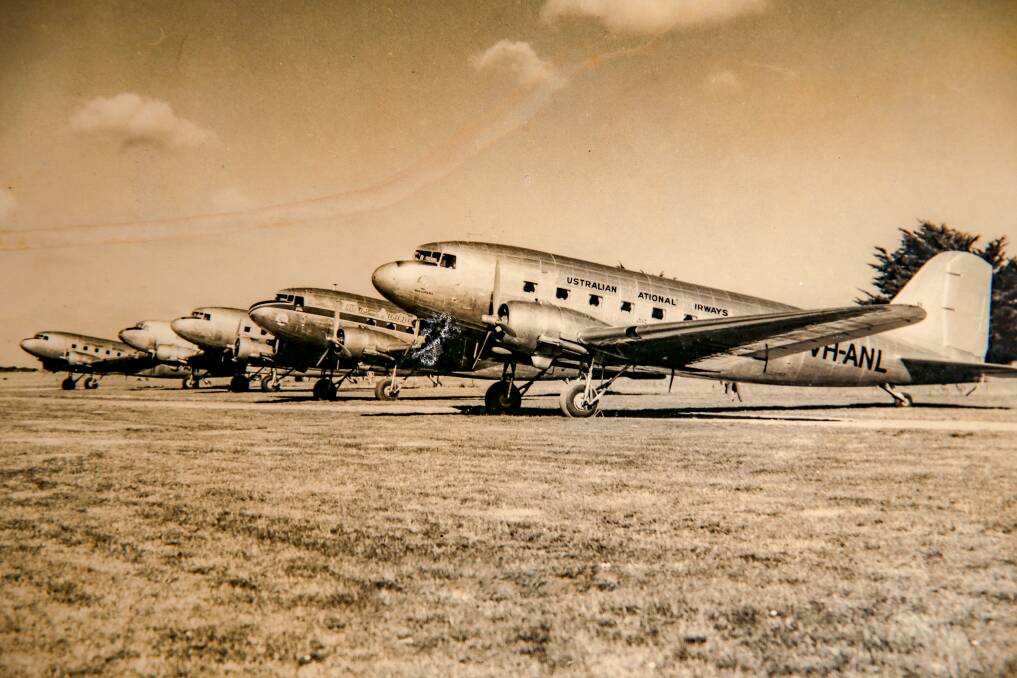
As Mark McNamara writes: "The use of those paddocks would have required significant alterations to the steeplechase course and meant that views of the cross-country races would be substantially impeded when, inevitably, houses were built on Granter's land."
With that fall-back plan in mind, the committee made Granter a final offer of 800 pounds for his 15-acre paddock. Fortunately, he accepted, securing the course for future generations. Over the 150-year history of the Grand Annual, only war and Mother Nature have prevented the race from running. Race-starved crowds turned out in droves for the 1947 edition after a six-year hiatus for World War 11, while the deluge of 1971 washed out the last two days of the carnival, Grand Annual included. Even at the height of the COVID-19 pandemic in 2020 the annual continued, albeit without spectators.
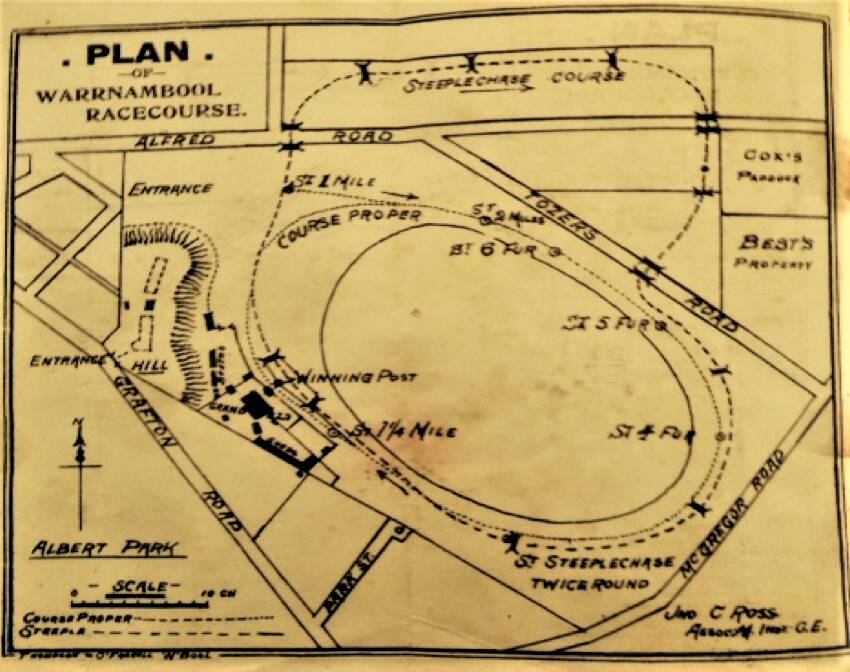
As far back as 1888, an estimated 10,000 punters were on hand to witness Adeline salute, while in 1891, some 12,000 racegoers turned out, double the town's entire population of 6000 at the time.
Some came by sea, while special trains ran from Melbourne and around the Western District to cater for the racing crowds. The novelty of air travel broadened the transport options for out-of-town racegoers in the 1920s. However, one plane was said to have followed the Grand Annual field around the course, contributing to as many as five runners falling in the 1920 steeplechase. In later years, the line-up of planes parked at the Warrnambool airport during race week itself became a major drawcard for onlookers.
True to the club's slogan, "Where Heroes are Created", the Grand Annual is a rich tapestry of heroism and heartbreak, unforgettable triumph and occasional tragedy, and the many characters at its heart.
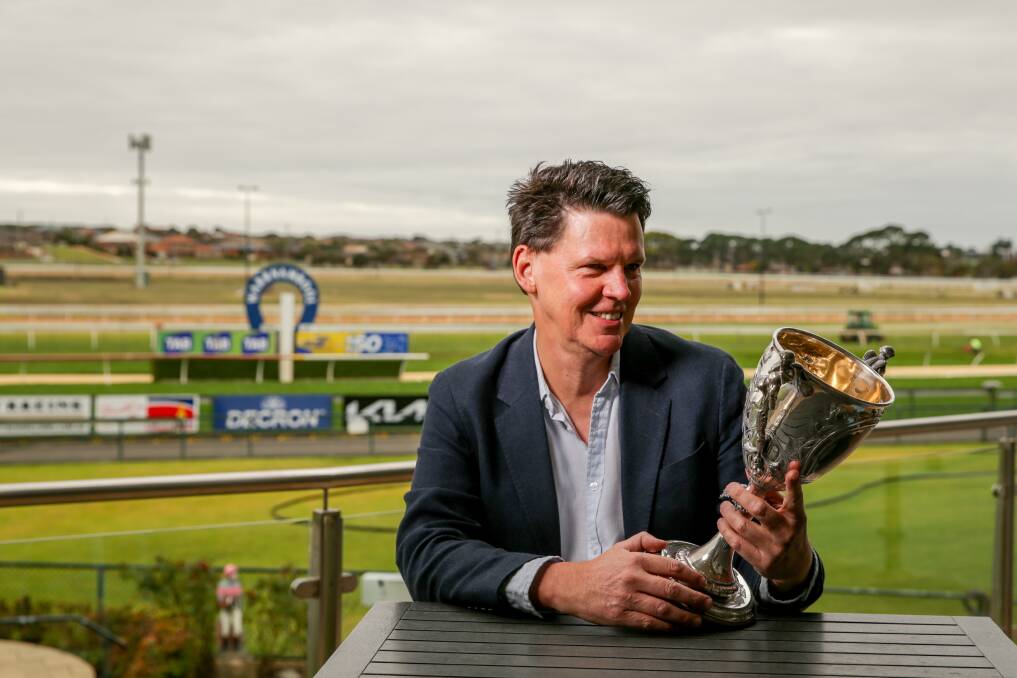
There are the standouts like the moustacheod local jockey Tommy Corrigan who cut his teeth at Warrnambool and rose to legendary status; the record-breaking club chairman William Lindsay who steered the club for 32 years until his death in 1934; the trainers synonymous with the annual like Jim Houlahan, Kevin Lafferty, Teddy Byrne and more recently Ciaron Maher; and then there's the great modern-day rivalry of newly-retired champions Gold Medals and Zed Em.

For Mark McNamara, though, it's hard to go past the extraordinary story of Galleywood. Purchased by a syndicate of local businessmen and trained by Jocka Baillie, the gelding triumphed on his steeplechase debut in the 1983 Brierly, but narrowly avoided tragedy in the 1984 Grand Annual. After leading most of the way he tired and crashed at the last fence, lying motionless on the track.
"The dreaded screen went up. Tears were shed," Mark recounts.
"After what seemed like an eternity Galleywood rose to his feet. Rousing cheers for both Galleywood and the winner, Rocky Affair, broke the silence."
A virus kept Galleywood out of the running for the 1985 annual, but come 1986, the hometown favourite finally claimed victory with jockey Trevor Murphy in the saddle.
The tears were this time ones of joy. Today his name lives on in the carnival's day-two feature, the 3200-metre Galleywood Hurdle.














